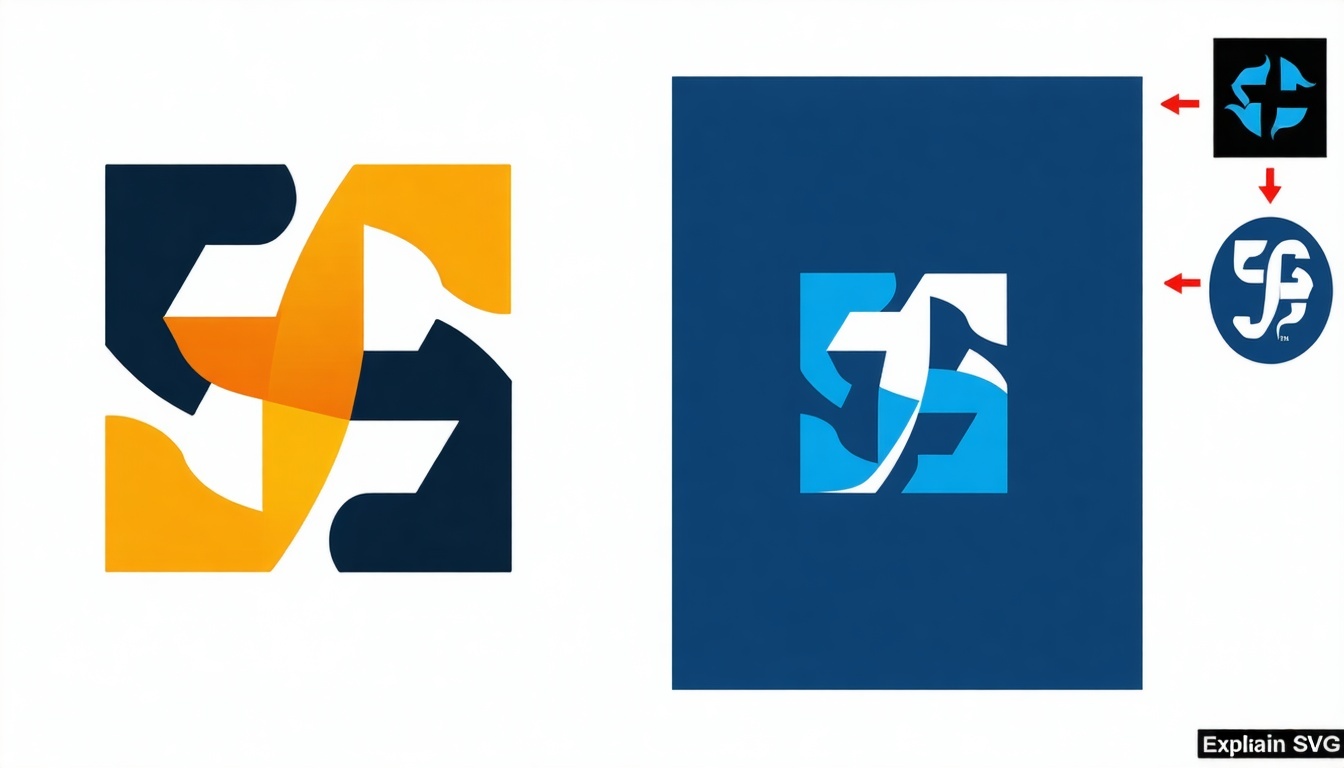
BIMI project milestone planning: Critical checkpoints for successful implementation
Strategic milestone planning is essential for a smooth and successful BIMI implementation. This article outlines key project checkpoints, dependencies, and best practices to help your team stay on track and achieve BIMI compliance efficiently.
Why Milestone Planning Matters for BIMI Projects
Milestone planning provides structure and clarity to the BIMI implementation process. By focusing on key checkpoints—rather than just individual tasks—your team can better coordinate efforts, assess progress, and ensure all requirements are met before moving to the next phase. Milestones also help align stakeholders, manage dependencies, and reduce project risks.
Key BIMI Project Milestones
Define BIMI Goals and Scope
- Clarify business objectives: Define the goals for BIMI adoption and identify which domains, brands, or business units will be included.
- Align stakeholders: Ensure all stakeholders are aligned on expected outcomes and success criteria.
Prepare Email Authentication Infrastructure
- Configure authentication records: Ensure SPF, DKIM, and DMARC records are correctly configured for all sending domains.
- Enforce DMARC policy: Set DMARC to “quarantine” or “reject” at 100% enforcement.
Logo Preparation and Hosting
- Create BIMI-compliant SVG logo: Design a logo that meets BIMI specifications and host it at a secure, publicly accessible HTTPS URL.
- Validate logo format and accessibility: Ensure the logo is in the correct format and can be accessed without restrictions.
Obtain and Validate BIMI Certificate
- Apply for certificate: Apply for a Verified Mark Certificate (VMC) or Common Mark Certificate (CMC) as required.
- Complete trademark validation: Ensure trademark validation is complete and the certificate matches your logo and domain.
Internal Testing and Pilot Rollout
- Test BIMI display: Test logo visibility in supported email clients using a limited set of domains or users.
- Gather feedback and adjust: Collect user feedback, monitor for issues, and make necessary adjustments.
Full BIMI Rollout
- Full-scale implementation: Expand BIMI implementation to all targeted domains and business units.
- Stakeholder communication and support: Communicate the change to stakeholders and provide support resources.
Post-Implementation Review and Monitoring
- Ongoing monitoring: Monitor email deliverability, logo display, and DMARC reports.
- Review and continuous improvement: Review project outcomes, document lessons learned, and update processes for ongoing compliance.
Best Practices for BIMI Milestone Planning
- Early stakeholder involvement: Involve key stakeholders early and keep them informed throughout the project.
- Define milestones and dependencies: Clearly define milestone objectives and dependencies to avoid delays.
- Resource allocation and responsibility: Allocate resources and assign responsibilities for each milestone.
- Regular progress reviews: Regularly review progress and adjust plans as needed.
- Celebrate achievements: Celebrate milestone achievements to maintain momentum and engagement.
Common Challenges and How to Overcome Them
- Overlooking dependencies between milestones (e.g., DMARC enforcement before certificate application)
- Insufficient stakeholder engagement or unclear communication
- Underestimating time required for logo preparation or certificate validation
- Not monitoring for post-launch issues or compliance drift
Need help mapping out your BIMI project milestones?
Our agents can help you develop a tailored milestone plan, manage dependencies, and keep your implementation on schedule.
Find more guidance in our BIMI implementation and project management FAQ section.
Milestone planning gives your BIMI project structure, accountability, and a clear path to success. By focusing on critical checkpoints and involving stakeholders at every stage, you can ensure a smooth and compliant BIMI rollout.



